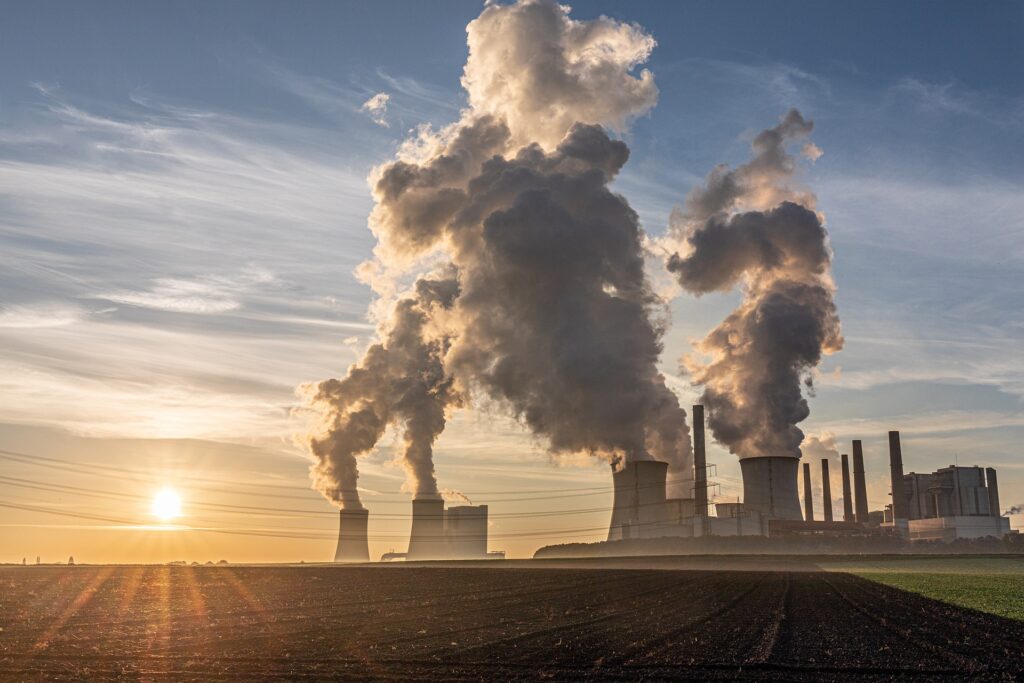There have been many ground-breaking climate talks seeking to resolve the issues of global warming and emissions in recent years, with prime examples being the 2009 World Climate Conference (WCC-3), the United Nations Climate Change Conference, and even the G20 summits. However, without question the two most well-known and influential treaties of dedication to the climate are the Kyoto Protocol of 1997, and the Paris Agreement of 2015.
The Kyoto Protocol was named thusly due to the fact that the document was agreed upon in the Japanese city of Kyoto, where the capital of the country had been situated for more than 1,000 years before being moved in 1868. The stated purpose of the meetings there were to negotiate a plan to combat global warming by reducing the following gases – carbon dioxide (CO2), methane (CH4), nitrous oxide (N2O), F-gases (hydrofluorocarbons and perfluorocarbons) and sulfur hexafluoride (SF6).
While not very widespread or effective in comparison to modern climate plans, the Kyoto Protocol saw its greatest success in post-USSR Eastern Bloc countries, and during the 2007-8 financial crisis, with both events diminishing support and pressure behind larger, heavily emitting businesses.
However, when the first phase of the Kyoto Protocol ended in 2012, and climate issues were still prevalent if not more important and pressing than ever before, it became clear that the world was in need of a new declaration of unity – something that would push the world to fix the environment and halt further harm even faster before more irrevocable harm was done, and resolve issues that were fast arising within the Carbon Credit system that the earlier protocol had introduced.

Enter the Paris Agreement
The treaty was negotiated and brought into existence in 2015 before being signed by 175 signing parties (174 countries with the addition of the European Union as a whole) upon April 22nd 2016, a date which was chosen due to the fact that it is also International Earth Day.
In a step contrary to the Kyoto Agreement, which focused upon and obligated only the countries that were deemed to be industrialized at the time, the Paris Agreement cemented the fact that the climate was a global issue that would have to be tackled by the world as one, and laid out a plan to prevent the global average temperature from rising 2 degrees Celsius above pre-industrial levels.


In addition to this, and also contrary to the stance of the Kyoto Protocol, the Paris Agreement targeted all greenhouse gasses rather than just a select few, given that until recent years the negative effects of more greenhouse gasses than previously known had been discovered.
I stand for nature because now, more than ever before, we are awakened to the urgency of protecting life on Earth
- Elizabeth Maruma Mrema Acting Executive Secretary of the Convention on Biological Diversity
With a nature-based economy in mind, one can begin to see nature and environmental preservation as an asset rather than a chore. As much as a project to consume raw materials by building city infrastructure or buildings can create job opportunities for thousands, the same is true for enterprises following a NBS plan.
Alongside generating useful and lucrative products, these ventures also provide a greater offset to other non-green businesses, and – most importantly of all – a massive step towards bettering the health of our planet.
- Natural processes and functions of the world can be nurtured and taken advantage of rather than exploited.
- Perfluorotributylamine (PFTBA) is 7,000 times more dangerous towards warming the earth than carbon dioxide and has been in use within since the mid-20th century.
- The world was in need of a new declaration of unity ,something that would push the world to fix the environment.





